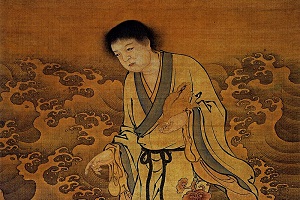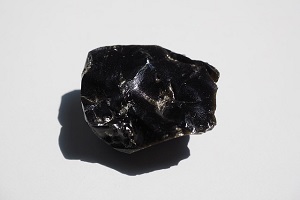The zither (古琴) is a stringed instrument of oriental origin.
It is said to be the invention of Fu Xi (伏羲), the legendary emperor who created the I-Ching.
The original music instrument was designed with 5 strings (later upgraded to 7 strings) attached on top of a resonating chamber as the sound box. It was later designed to incorporate 25 strings called the se (瑟) for finer strumming.
Such is the harmonic identity of the zither that oriental music is almost always accompanied by the sound of zither in the foreground or background.
However, it really is a shame that in writings that attempt to inform the west of Chinese culture, the zither is described as a Chinese lute.
In the world of musical instruments, chordophones make up a category of string instruments consisting of:
- Lyre
- Harp
- Lute
- Zither
- Musical bow
And from physical description and visual observation, it should be very clear that the gu qin (古琴), or simply as qin, is a zither instead of a lute.
So widespread is this incorrect description of this classical musical instrument, that various authors started to call the zither as a Chinese lute so that western readers have an easier time understanding what is being referred to.
So do realize that when we mention the zither, it is known in various circles as the lute instead.
Legend of the zither (lute)
In ancient text, the zither was described as an item of cosmological prowess.
It was said that the body material would be made of the Chinese parasol tree (梧桐树) in South China with very specific dimensions. It’s top was domed and round to represent the heavens, and it’s bottom was flat and cornered to represent the earth. The top was also broad to symbolize great men, while the bottom was narrower to symbolize commoners.
There’s also a famous family of craftsmen who was said to be the best makers of the zither.
So deeply rooted is the zither in Chinese culture that any dramas or movies about ancient Chinese history would have scenes of beautiful women playing the zither by default.
It is the representation of cultured elegance.
Even in movies of swordsmen in battle, the zither is sometimes glorified as a weapon where kung fu masters play it to unleash destruction of epic proportions.
Some of the famous historical figures who loved the guqin include the great Confucius and Zhuge Liang.
This is hardly surprising as the qin is one of the 4 arts (四藝) of accomplished scholars.
The Zhu, which is a variation of the zither, made a prominent appearance in the story of how Jing Ke (荊軻) attempted to assassinate the Qin Emperor… and came audaciously close to succeeding.
Chinese history would have been rewritten if he had accomplished his mission.
Then there’s the folk story of brotherly love about a great musician named Yu Boya (俞伯牙) and a farmer named Zhong Ziqi (钟子期). They made the unlikeliest of friends with contrasting social status and a huge age gap. But one day while Boya was smashing out one of this tunes on a boat, Zhong heard the enchanting tune on the riverside and called out to Yu. From initial conversation, Yu realized that Zhong appreciated his music the way he had intended to convey it. He also found that Zhong had great insights into music and even with his expertise in music, picked up quite a number of useful tips on improvement. They became great friends and sworn brothers. The zither had brought them together.
A year later during the mid-autumn festival, Yu made a trip to visit Zhong and found out he had died from sickness. Overcome with true sadness, Yu cried aloud at Zhong’s grave and smashed his prized zither onsite as a tribute to his sworn brother. This story spread far and wide and became an example story parents tell their kids about friendship and love.
Feng shui and the zither
In feng shui, the zither is a symbol of matrimonial happiness.
The gentle sounds that the instrument makes is an expression of purity, friendship and respect between husband and wife.
If you have an actual gu qin for placement, then ensure that it is not at a height that is too elevated. These oriental musical instruments are meant to be played while sitting down on the floor.
If your is an antique, then ensure that you take proper care to maintain it. Having it deteriorate or break under your care would be a very bad omen.
This is especially so should a string snap while you are playing it.
As feng shui paintings, the zither (or lute) should always be depicted with someone playing it.
While women are most often painted to play them, there’s nothing wrong with men plucking at them either.
In fact, a man playing it is a symbol of yin and yang as masculinity displays femininity.
Because they are meant to call on marital bliss, the best location to place them would be the southwest sector of the house.
This is the area that governs relationships in the residence.
They can also be placed in the yen nian sectors or areas with favorable mountain stars.
















